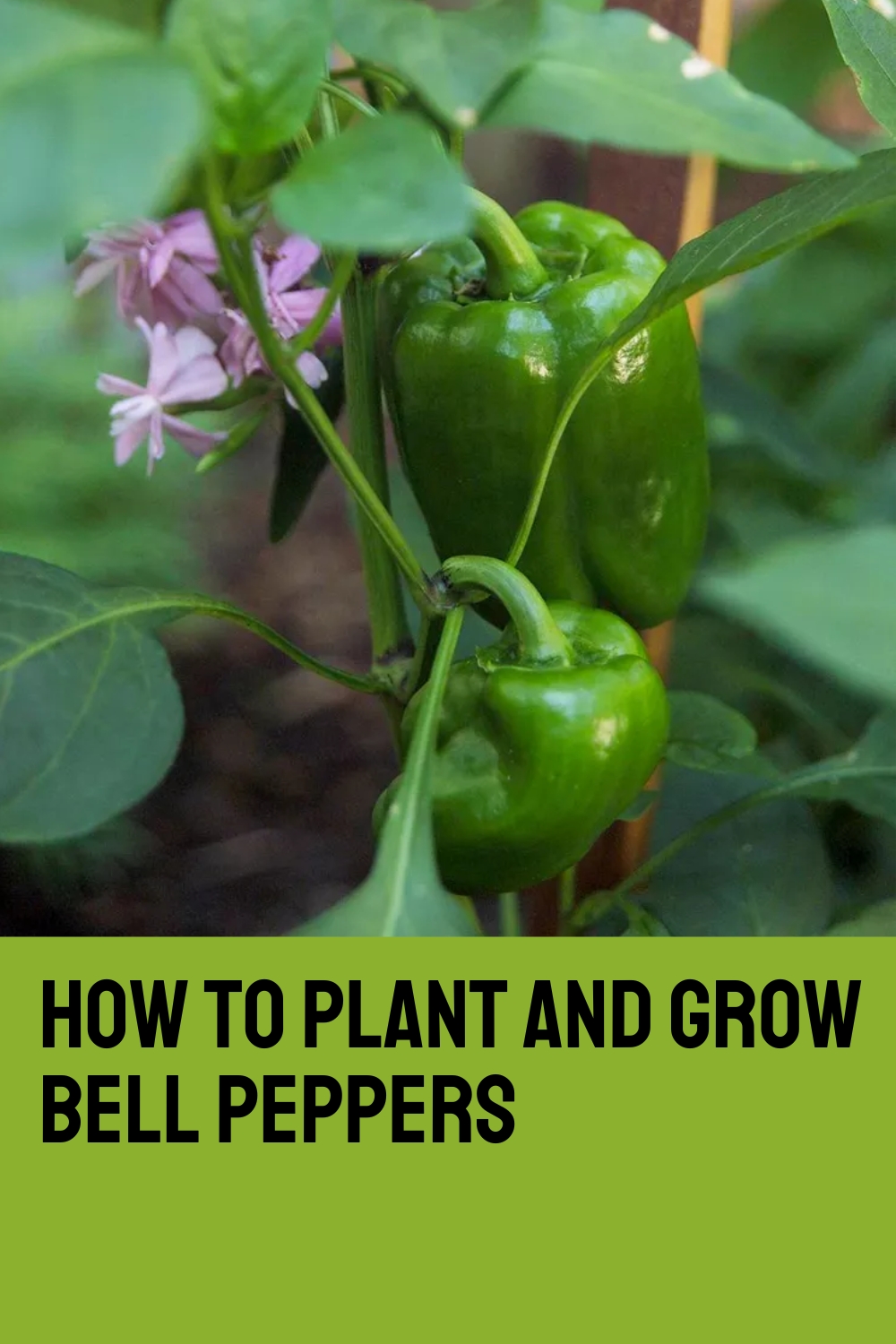Growing bell peppers in home gardens across most U.S. regions is straightforward, though the variety of colors available today extends beyond the classic green. Here’s a comprehensive guide to successfully cultivating bell peppers:
Bell Pepper Overview
Genus Name: Capsicum annuum
Common Name: Bell Pepper
Plant Type: Vegetable
Light: Sun
Height: 6 to 12 inches
Width: 18 to 24 inches
Propagation: Seed
Where to Plant Bell Peppers
Bell peppers thrive in locations that receive ample sunlight throughout the day with well-draining, slightly acidic soil. Avoid planting them in areas where other nightshade family members (like tomatoes, potatoes, eggplants) have grown recently to prevent disease buildup.
How and When to Plant Bell Peppers
Planting Time: Bell peppers are warm-season crops and should be planted outdoors after nighttime temperatures consistently stay above 50 to 55°F. Dig a hole twice as wide and deep as the nursery pot, place the transplant, backfill with soil, and water deeply.
Bell Peppers Care Tips
Light: Ensure peppers receive at least 8 hours of direct sunlight daily for optimal fruit production.
Soil and Water: Plant peppers in rich, well-drained soil with a pH around 6.5. Before planting, incorporate compost into the bed. Water deeply at the base of plants to maintain even moisture; mulching helps retain moisture.
Temperature and Humidity: Bell peppers thrive in temperatures between 65 and 80°F. Protect young plants from late spring frosts and expect their lifecycle to end with the first fall frost.
Fertilizer: Apply a balanced vegetable fertilizer monthly to avoid excessive foliage growth. Too much nitrogen delays fruit production.
Pruning: Remove blooms from nursery-bought seedlings to promote root growth. Trim plants 4 to 6 weeks before the first frost to redirect energy toward ripening existing fruit.
Pollination: Bell peppers self-pollinate with both male and female flowers.
Potting and Repotting Bell Peppers
Container Growing: Use at least an 18-inch diameter pot filled with quality potting soil. Container-grown peppers need more frequent watering and fertilization compared to garden plants.
Pests and Problems
Pests: Common pests include aphids, flea beetles, cutworms, and plant bugs. Diseases like bacterial spot and phytophthora can occur with wet soil and overhead watering. Prevent blossom end rot with adequate calcium and consistent watering.
How to Propagate Bell Peppers
From Seed: Start seeds indoors 8 weeks before transplanting outdoors. Plant seeds ¼ inch deep and 1 inch apart in seed-starting mix. Keep warm and moist until seedlings reach 2 inches tall, then transplant into individual pots. Feed seedlings with diluted vegetable fertilizer every two weeks.
Harvesting
Bell peppers can be harvested once they reach desired size and color. Green peppers are immature; leaving them on the plant allows them to ripen into red, purple, or orange varieties, which are sweeter.
By following these guidelines, you can grow vibrant and flavorful bell peppers in your home garden, enjoying a rainbow of colors and fresh flavors throughout the growing season.

